Key Takeaways
-
Most mites pose minimal danger but can cause irritation or allergic reactions.
-
Effective prevention involves regular cleaning, controlling humidity, and proactive pest management.
-
Severe infestations like scabies require prompt medical treatment.
-
Professional pest control services can resolve persistent mite issues.
Understanding Mites and Their Interaction with Humans
Mites are microscopic arachnids that are very closely related to spiders and ticks, typically measuring less than one millimetre. But instead of their minuscule size, particular mite species are capable of affecting humans, which is primarily through skin irritation or allergic reactions due to bites. It’s essential to distinguish which mites pose actual risks and which are relatively harmless nuisances.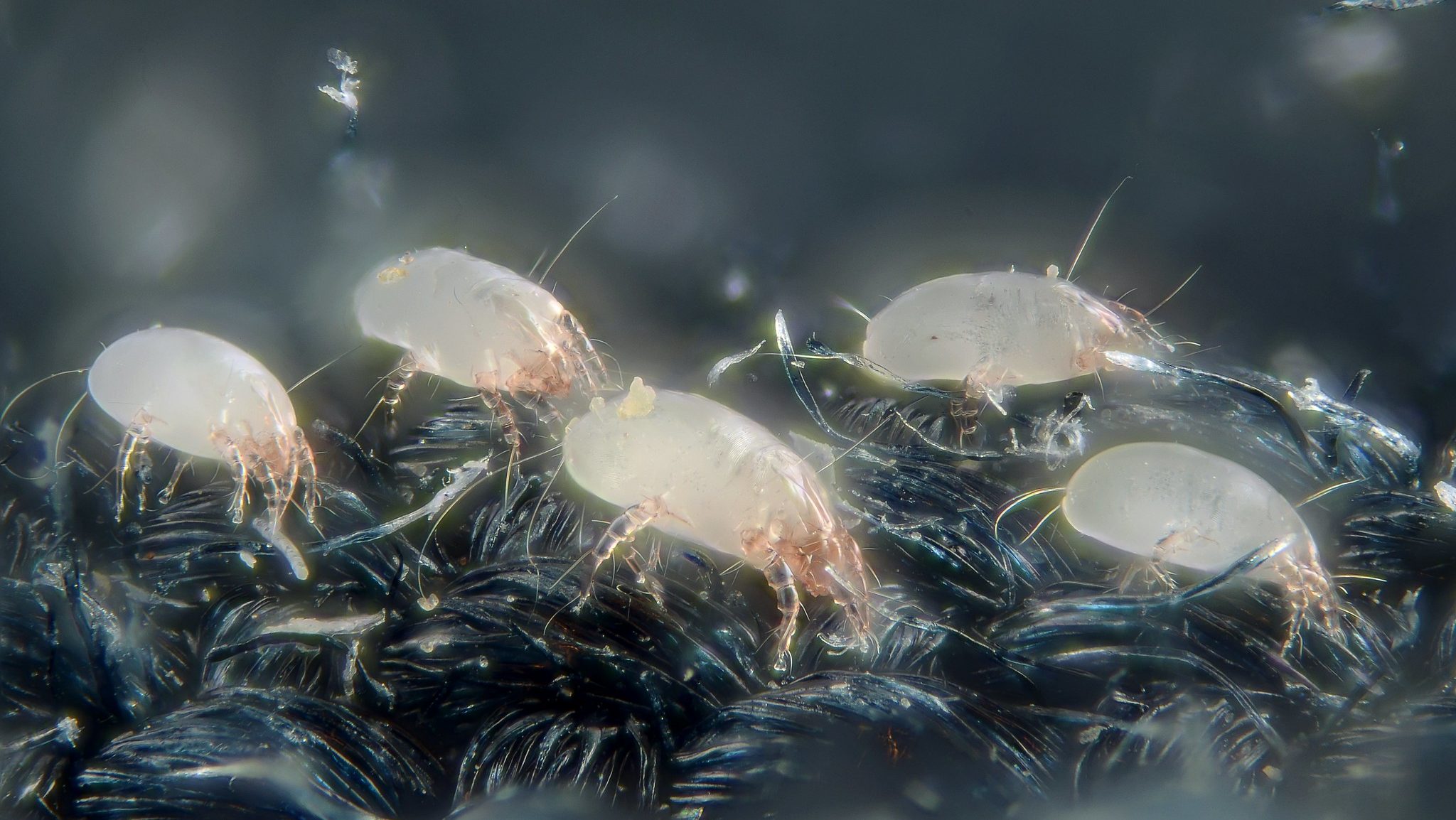
Dust Mites
Dust mites are perhaps the most common mites found in US homes, thriving in warm, humid environments. These mites don’t bite or burrow; instead, they feed on dead skin flakes.- Health Impact: Primarily allergic reactions, such as sneezing, runny nose, nasal congestion, and asthma attacks.
- Danger Level: Low, but significant for allergy sufferers.
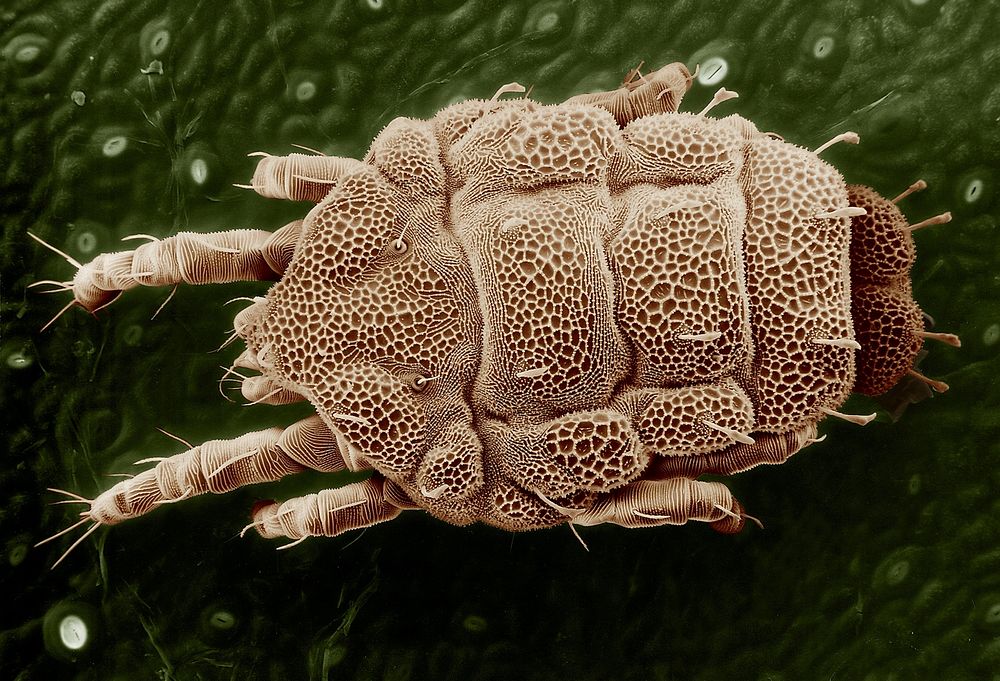

Not getting a solution?
Get your free pest control estimate today!Scabies Mites
Scabies mites burrow into the upper layers of human skin, causing an itchy rash known as scabies. It’s highly contagious through skin-to-skin contact.- Symptoms: Severe itching, particularly at night, rash with small red bumps.
- Health Risks: Secondary bacterial infections due to intense scratching.
- Danger Level: Moderate; medical intervention is required.
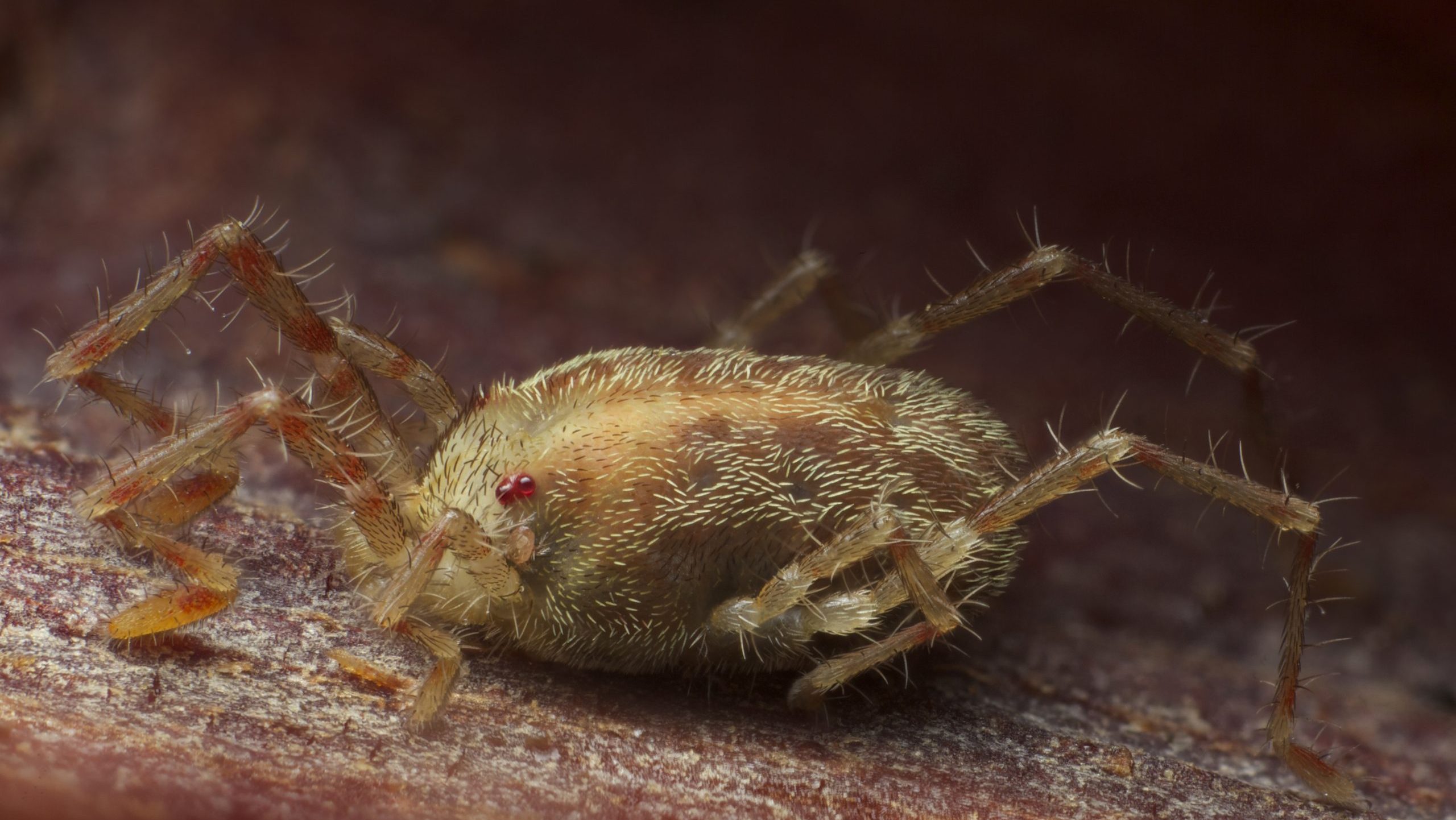
Chiggers
These larvae mites are found outdoors, especially in grassy and wooded areas. They don’t burrow but bite humans, leaving behind intensely itchy red welts.- Symptoms: Red, itchy bumps typically around ankles, waist, and underarms.
- Danger Level: Low in terms of disease transmission, but high discomfort.
Bird and Rodent Mites
When bird or rodent nests near homes are abandoned, mites can migrate indoors seeking new hosts.- Symptoms: Itchy red bumps or rashes from bites.
- Danger Level: Low risk of serious disease, temporary nuisance.
Demodex Mites
Demodex mites live naturally on human skin, particularly around hair follicles. Usually harmless, these mites can sometimes cause skin irritation or exacerbate conditions like rosacea. Danger Level: Very low, primarily cosmetic irritation.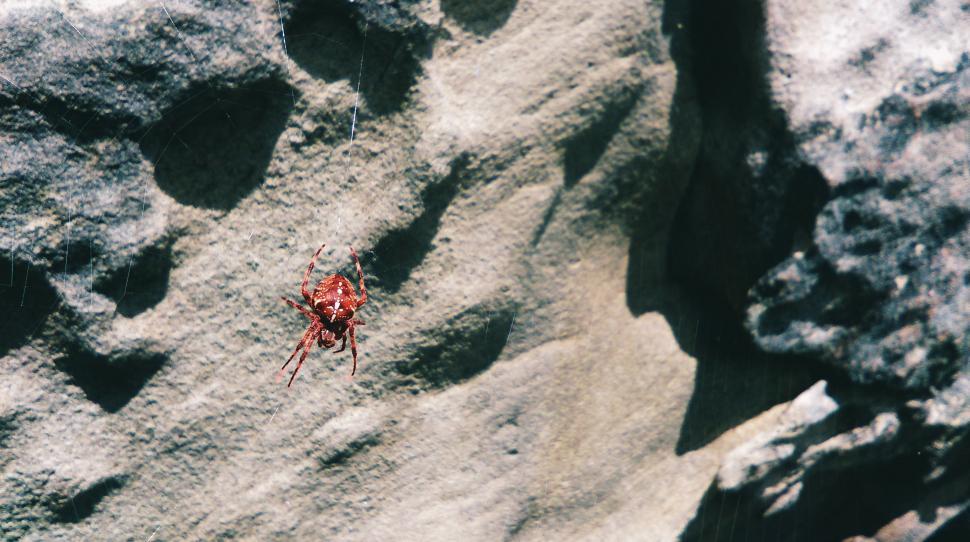
Clover Mites and Spider Mites
These mites do not bite or harm humans but can invade homes in large numbers, causing aesthetic nuisances like staining when crushed. Danger Level: None, merely nuisance pests.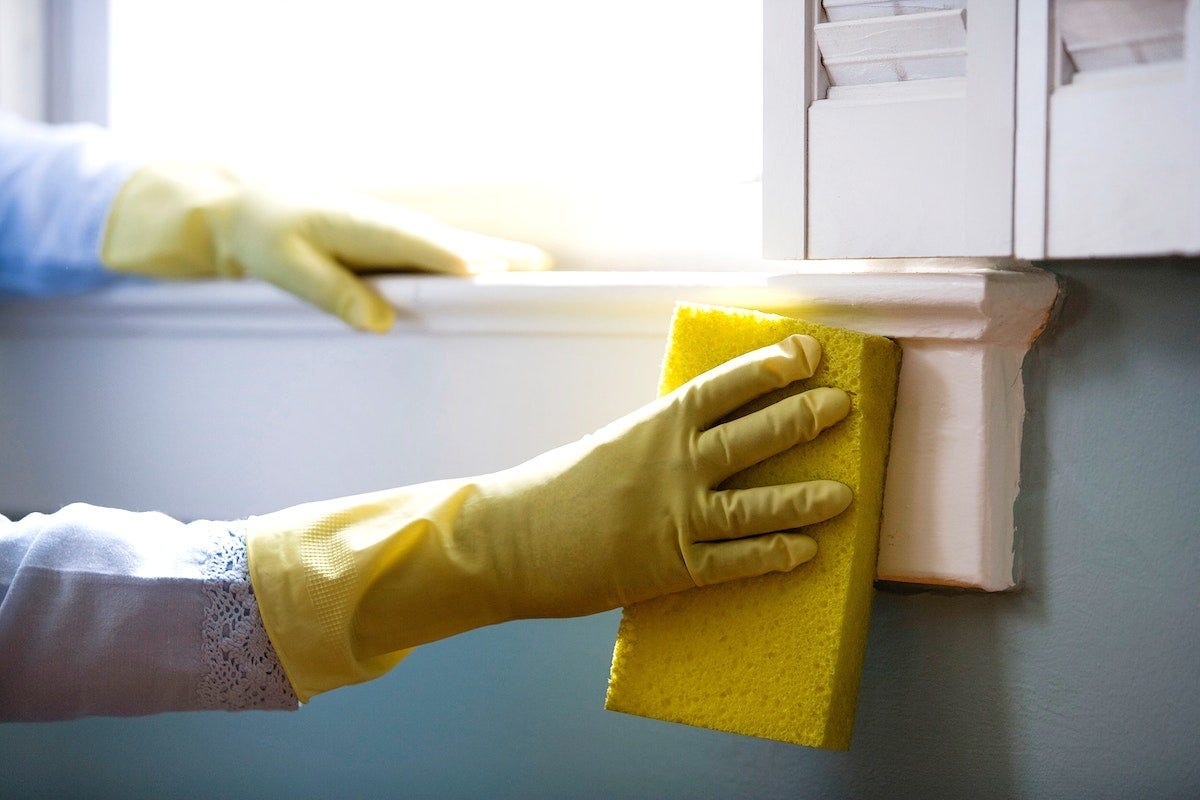
Health Risks Associated with Mite Exposure
The most prevalent health risk associated with mites, particularly dust mites, is allergic reactions. Their waste products and decaying bodies trigger respiratory allergies and can exacerbate asthma symptoms. Regular exposure to dust mites may result in chronic nasal congestion, sneezing, coughing, watery eyes, and even asthmatic attacks.Skin Irritation and Infestations
-
Scabies: This skin infestation requires immediate medical treatment due to intense itching and potential secondary infections from scratching.
-
Chiggers and Itch Mites: While they don’t infest human skin permanently, their bites cause severe discomfort and persistent itching.
-
Bird and Rodent Mites: These mites can cause itchy, temporary bites but rarely lead to long-term issues.
Secondary Infections
Vigorous scratching caused by mite-instigated rashes or bites can damage the skin, opening the door for bacteria and increasing infection risk. Watch for signs like swelling, redness, or pus and consult a healthcare provider promptly if these symptoms appear.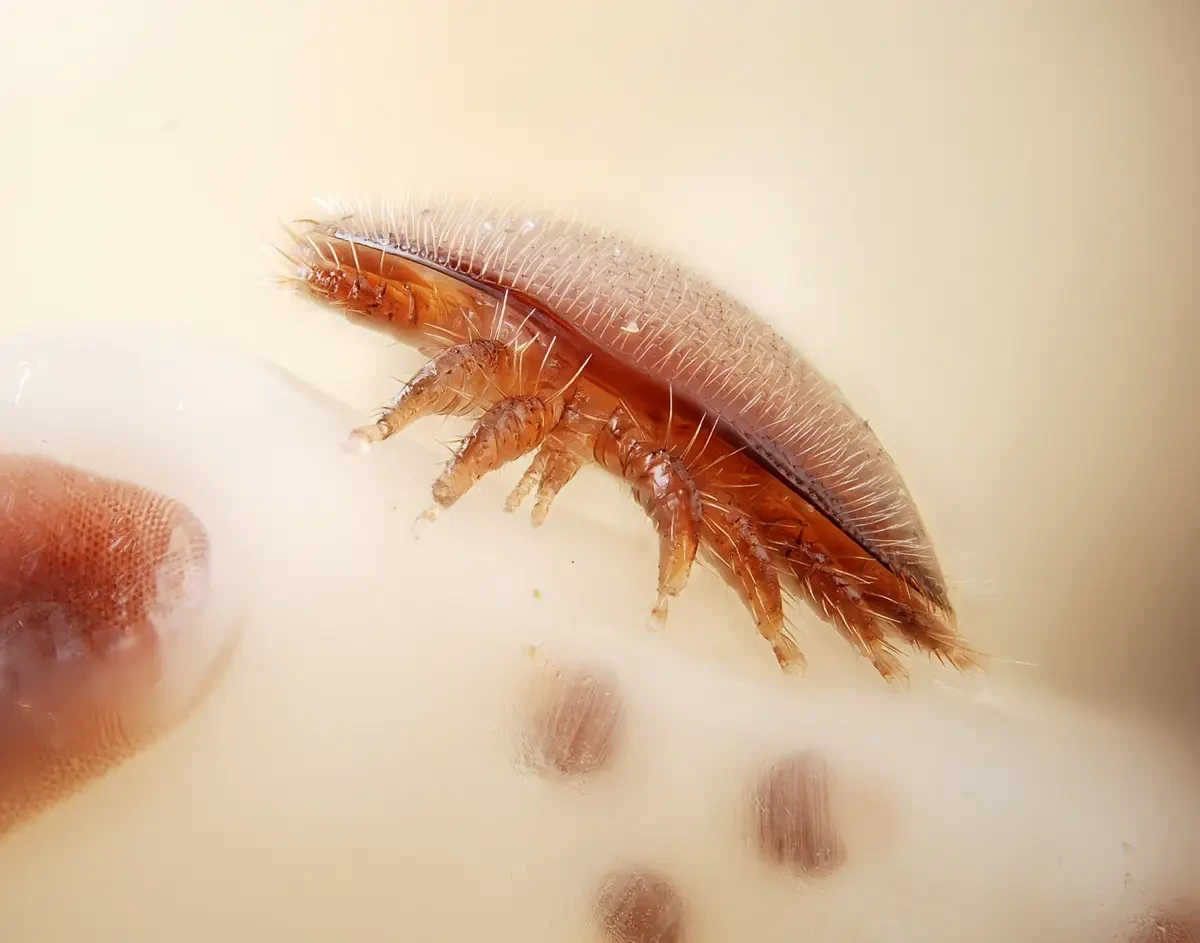
Prevention Strategies for Household Mite Control
Preventing mite-related problems involves a combination of cleanliness, vigilance, and proactive pest management:Dust Mite Prevention
-
Wash bedding and linens in hot water (at least 130°F).
-
Encase mattresses and pillows in allergen-proof covers.
-
Keep humidity levels below 50% with air conditioning or dehumidifiers.
-
Vacuum frequently with a HEPA filter vacuum.
Avoiding Chiggers and Itch Mites
-
Use insect repellents containing DEET or permethrin when outdoors.
-
Wear protective clothing, such as long sleeves and pants tucked into socks.
-
Shower immediately after outdoor activities and wash clothes thoroughly in hot water.
Managing Bird and Rodent Mites
-
Prevent bird nesting and rodent infestations around your home.
-
Remove nests promptly and sanitize affected areas thoroughly.
-
Seek professional pest control services for infestations that persist indoors.
Scabies Prevention
-
Avoid direct skin-to-skin contact with infected individuals until treatment is complete.
-
Wash clothing, bedding, and towels used by infected individuals in hot water and dry on high heat.
-
Treat all household contacts to prevent reinfestation.
Effective Mites Treatment Options
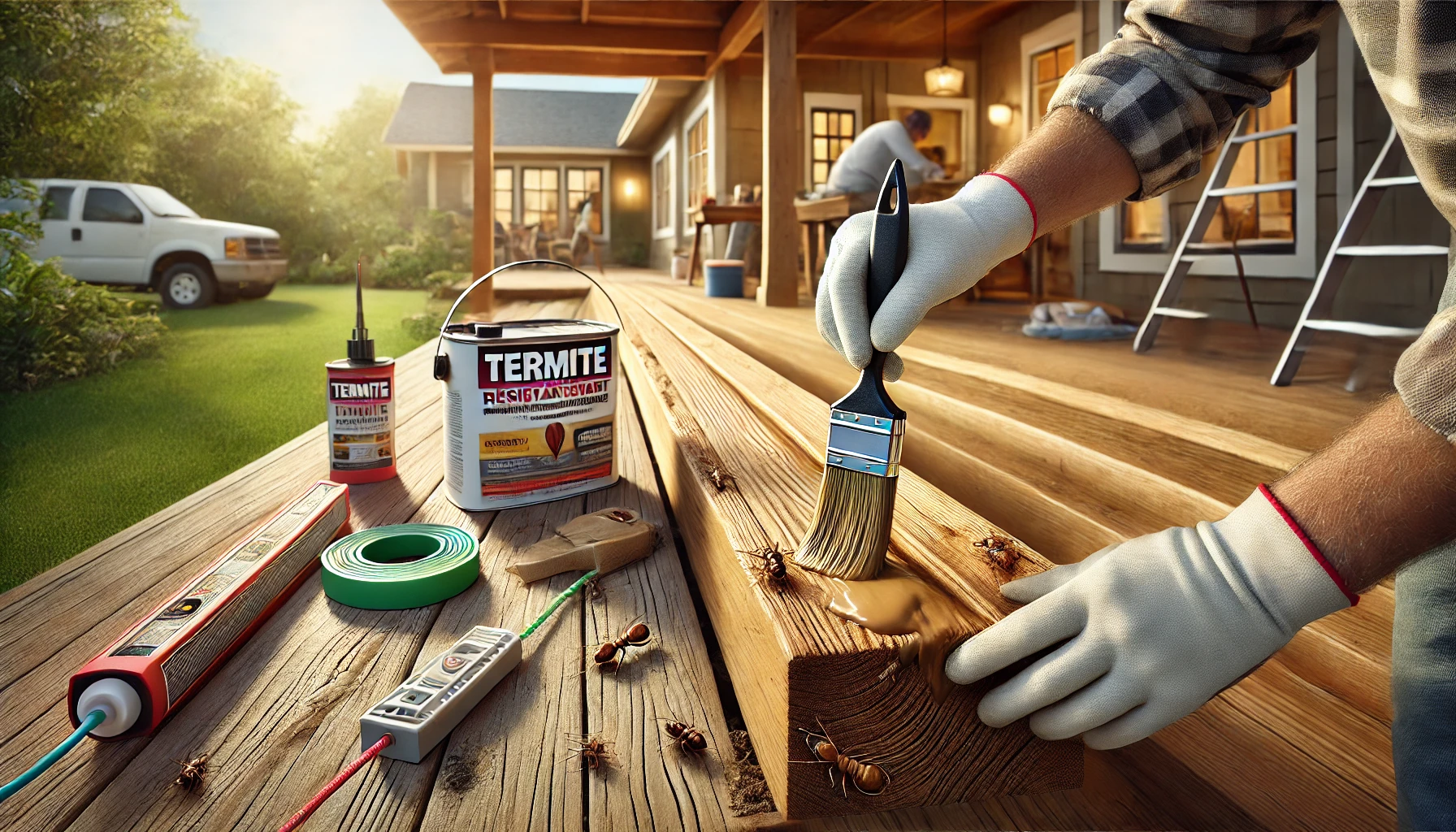
For Dust Mite Allergies
-
Over-the-counter antihistamines and nasal corticosteroids provide symptom relief.
-
Allergy-proof mattress and pillow covers reduce exposure significantly.
-
Regular environmental control measures help manage ongoing allergy symptoms effectively.
Treating Mite Bites and Rashes
-
Topical antihistamines or hydrocortisone creams help alleviate itching and inflammation.
-
Oral antihistamines can reduce severe itching and help with sleep disturbances.
Scabies Management
-
Prescription topical treatments such as permethrin cream or oral medications like ivermectin.
-
Thorough environmental cleaning to remove residual mites from surfaces and fabrics.
If you feel things have gone out of control, it is advised to contact pest control professionals. Our team can provide a customized approach to protect your home effectively. Visit our Species, Control, and DIY Guide sections for additional resources on mites and ways to tackle a mites infestation.





